Getting Started With Python For Data Science
4.9 out of 5 based on 47758 votesLast updated on 6th Aug 2024 49.6K Views
- Bookmark

Master Python for Data Science. Learn essential libraries, data manipulation, analysis, visualization, and ML techniques. Start your data science journey today!
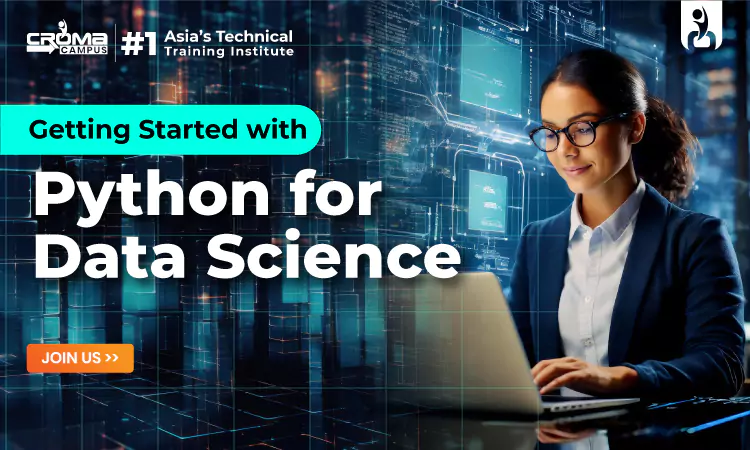
Data has emerged vastly in this changing technological world, propelling choices, creativity, and expansion throughout all sectors of the economy. Data science is leading this revolution as it offers methods and instruments for gleaning insightful information from enormous databases. Getting started with Python for data science can be your first step toward a fulfilling career if you're interested in exploring this fascinating topic.
Introduction to Python Programming Language
Python is a high-level and adaptable programming language. Its compact and unambiguous grammar prioritizes code readability. It is compatible with several programming paradigms, such as:
- Functional
- Object-oriented
- Procedural programming
Python is widely used in web development and artificial intelligence, thanks to its extensive standard library and vibrant community. It’s an excellent choice for both novice and seasoned programmers. For those looking to enhance their skills, consider exploring Python Online Course that cater to all levels.
Why Python for Data Science?
This language is known for its extensive support and ease of use. Let us read the top reasons for getting started with Python for data science.
1. A Robust Framework and Library Ecosystem
Python has an extensive ecosystem of tools and packages that make data science activities easier. Important libraries consist of:
- Pandas are used for analysis and data processing.
- For numerical computing, use NumPy.
- Seaborn and Matplotlib are used for data visualization.
- For scientific computing, use SciPy.
- Data scientists may now rapidly complete a wide range of activities, from developing complex machine learning models to cleaning data.
2. Robust Community Assistance
For data scientists, Python's vibrant community is a great resource. The community makes contributions to a wide range of resources, including as forums, tutorials, and documentation. Users can find solutions to problems, acquire best practices, and keep up with the most recent developments with the aid of this support network.
3. Capabilities for Integration
Python's usefulness in data science is increased by its smooth integration with other languages and technologies. It can call C or C++ code for performance optimization, use Java libraries, and interface with SQL databases with ease. Because of its interoperability, Python may be used with different tech stacks and workflows.
4. Adaptability and Versatility
Since Python is a general-purpose language, data scientists may use it for over data analysis. Python's adaptability makes it a shop for many programming needs, from automation and scripting to web development.
Master Python with our comprehensive Python Course for Data Science, covering essential libraries, machine learning, and real-world applications. Gain hands-on experience and accelerate your data-driven career today.
Structure of a Data Science with Python
An intensive, hands-on boot camp that teaches data science with Python often focuses on real-world skills that may be used in the industry. What might be covered in such a boot camp is broken down as follows:
1. An Overview of Data Science
It is necessary to comprehend its relevance across multiple industries and all-important ideas.
Python Programming Introduction: This section covers the fundamentals of the language.
2. Data Analysis and Manipulation
Data importation is the process of using libraries like Pandas to load data from different sources. Data cleaning is the process of addressing outliers, inconsistent data, and missing numbers.
Data transformation: Using Pandas to manipulate and change data for operations including grouping, filtering, sorting, and merging datasets.
3. Information Visualization
Overview of Data Visualization: Data visualization is essential for communication and exploration.
Libraries for Data Visualization: Heatmaps, line plots, scatter plots, bar charts, histograms, and other static and interactive visualizations can be made with Matplotlib and Seaborn. Investigating sophisticated visualization methods for time series analysis and multivariate data.
4. Examination of Statistics
Compiling summary statistics, central tendency, dispersion, and correlation measures is known as descriptive statistics.
An introduction to p-values, confidence intervals, and hypothesis testing in inferential statistics.
An introduction to logistic regression, linear regression, and other statistical models for predictive analytics is provided in Statistical Modeling.
Note: Data Science and Data Analytics empower businesses with insights from data. Explore Data Analytics Courses Noida to master skills for predictive modeling, visualization, and decision-making.
Relevant Online Courses:
Full
Stack Data Science Course
Data
Analytics Online Training
Advanced
Python Programming Course
Machine
Learning Online Classes
Benefits of Attending a Bootcamp
1. Quicker Learning
The bootcamps aim to offer focused education. Students swiftly get a thorough understanding of data science fundamentals thanks to this demanding format.
2. Practical Experience
Bootcamps are known for their project-based learning experiences. In addition to strengthening their expertise and developing a portfolio of work to present to future employers, students work on real-world datasets and challenges.
3. Professional Advice
Most instructors are professionals from the industry with a lot of data science experience. Their advice and mentoring can be quite helpful in figuring out difficult subjects and discovering industry best practices.
4. Opportunities for Networking
People with a common interest in data science from a variety of backgrounds are frequently brought together through bootcamps. This setting encourages teamwork and offers networking possibilities that may result in career advancement and job placements.
5. Guidance for Careers
Many boot camps offer valuable employment services, including job placement assistance, interview preparation, and resume reviews. These resources can be incredibly beneficial for anyone embarking on a new data science career. Adding relevant keywords for "Data Science Online Course" can enhance visibility and reach in searches.
Tips: Unlock the potential of Artificial Intelligence with our comprehensive Artificial Intelligence Online Training, designed to equip you with cutting-edge skills for future-ready careers.
You May Also Read:
Python Programming for Beginners
Python Interview Questions and
Answers
Data Science Interview Questions and
Answers
Wrapping Up
An extensive way to learn the abilities required to succeed in the data-driven world is Getting Started with Python for Data Science Bootcamp. Anyone who wants to start or enhance their career can join this boot camp. It offers the skills, information, and support needed to succeed. With the robust features of Python and the rigorous, hands-on learning environment of a boot camp, you'll be ready to take advantage of the power of data and make insightful judgments in any sector.
Subscribe For Free Demo
Free Demo for Corporate & Online Trainings.
Your email address will not be published. Required fields are marked *
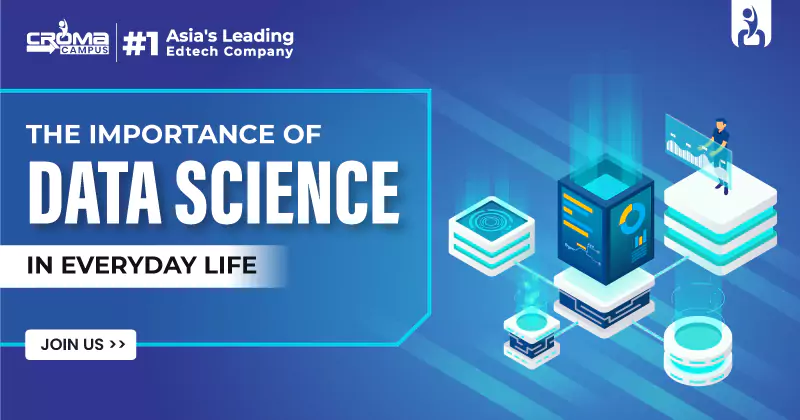
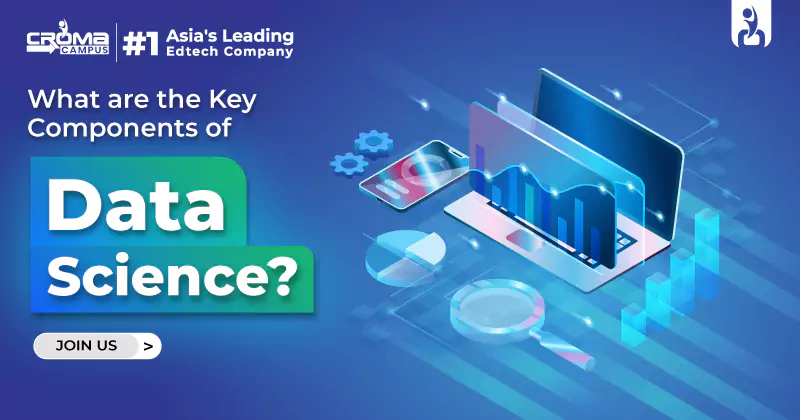
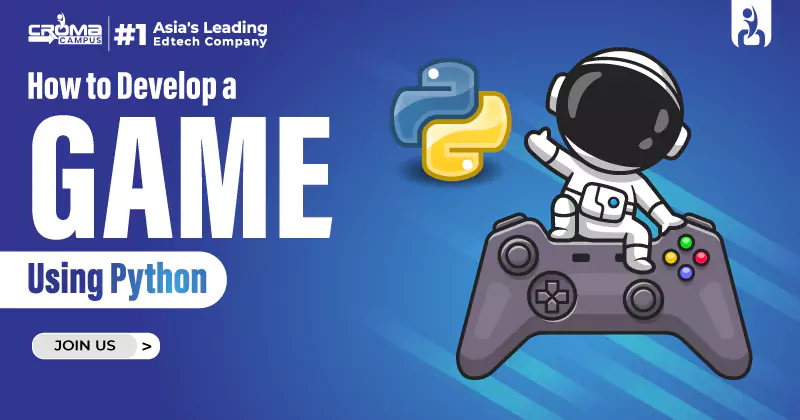
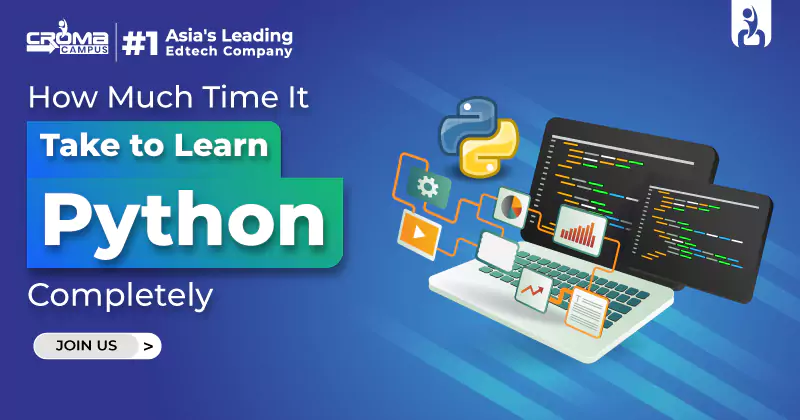
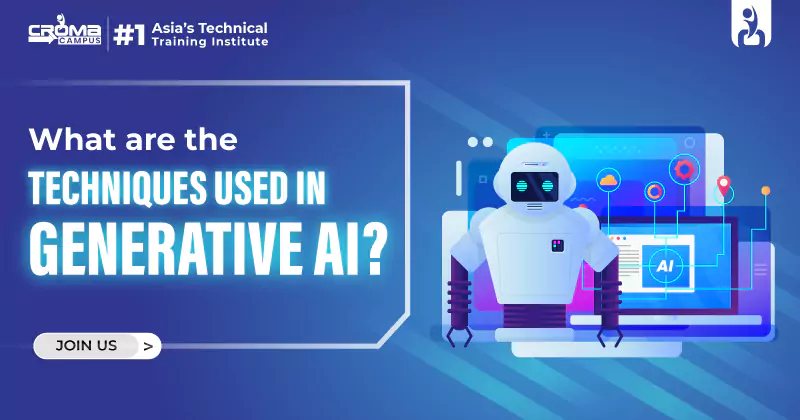
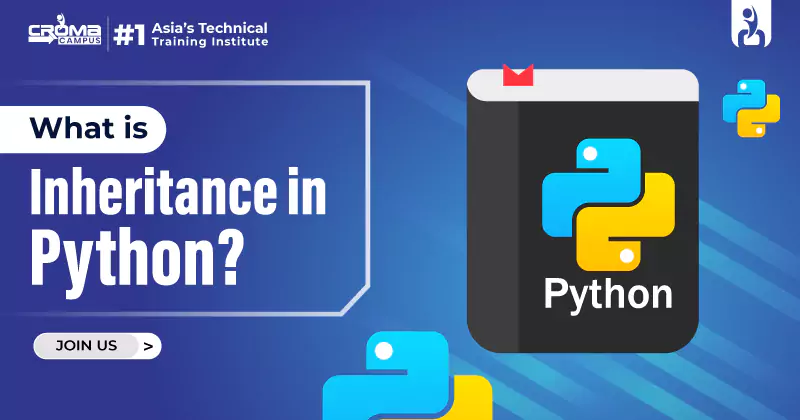
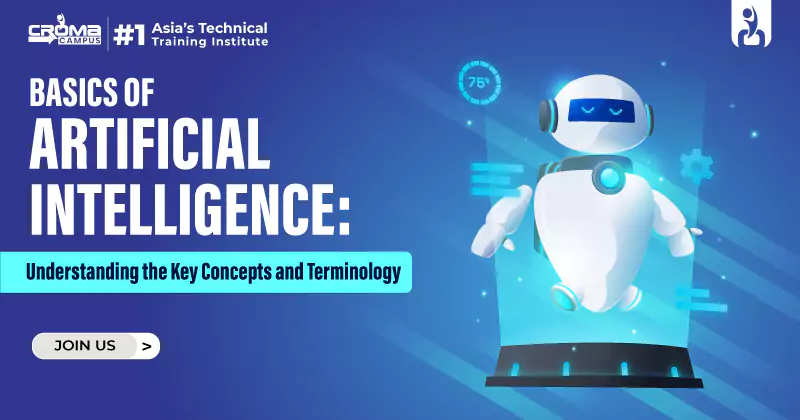
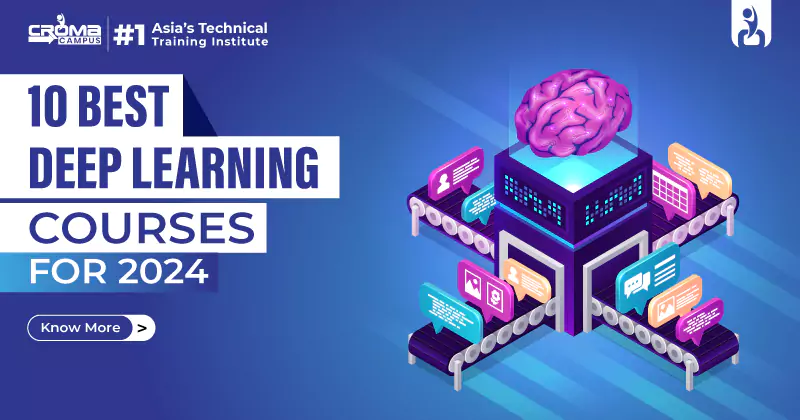
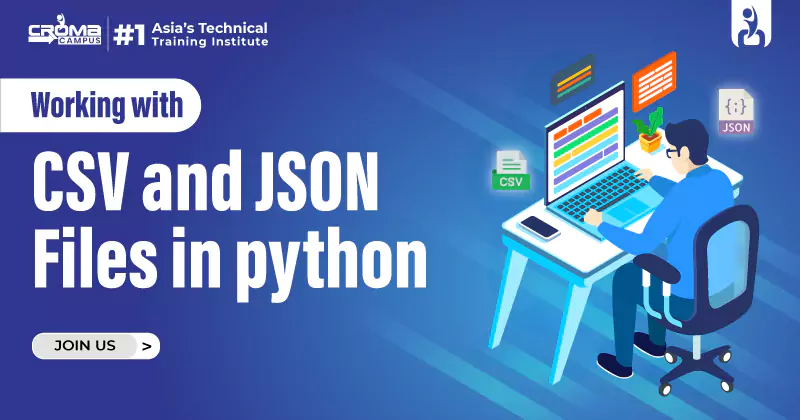
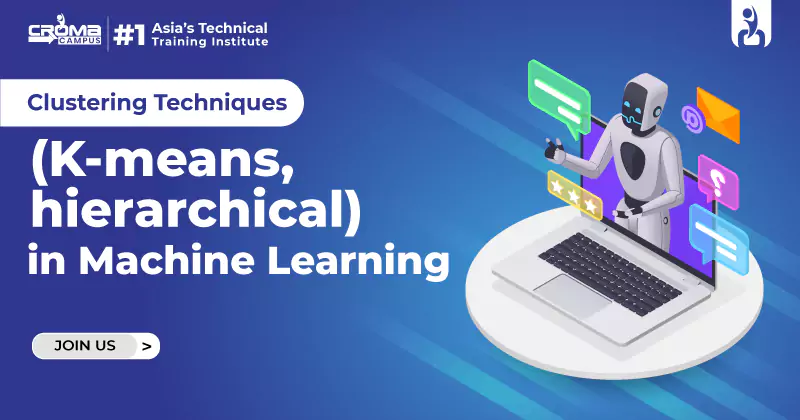
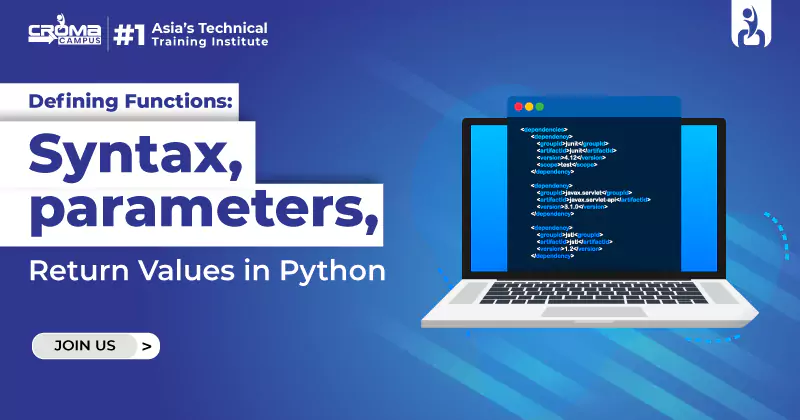
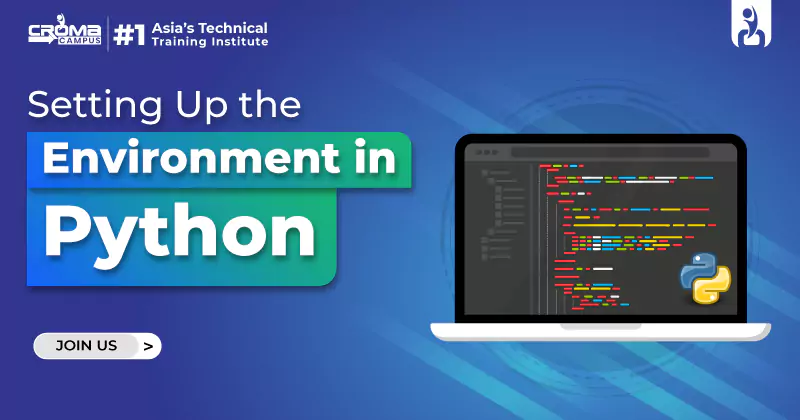











 Master in Cloud Computing Training
Master in Cloud Computing Training